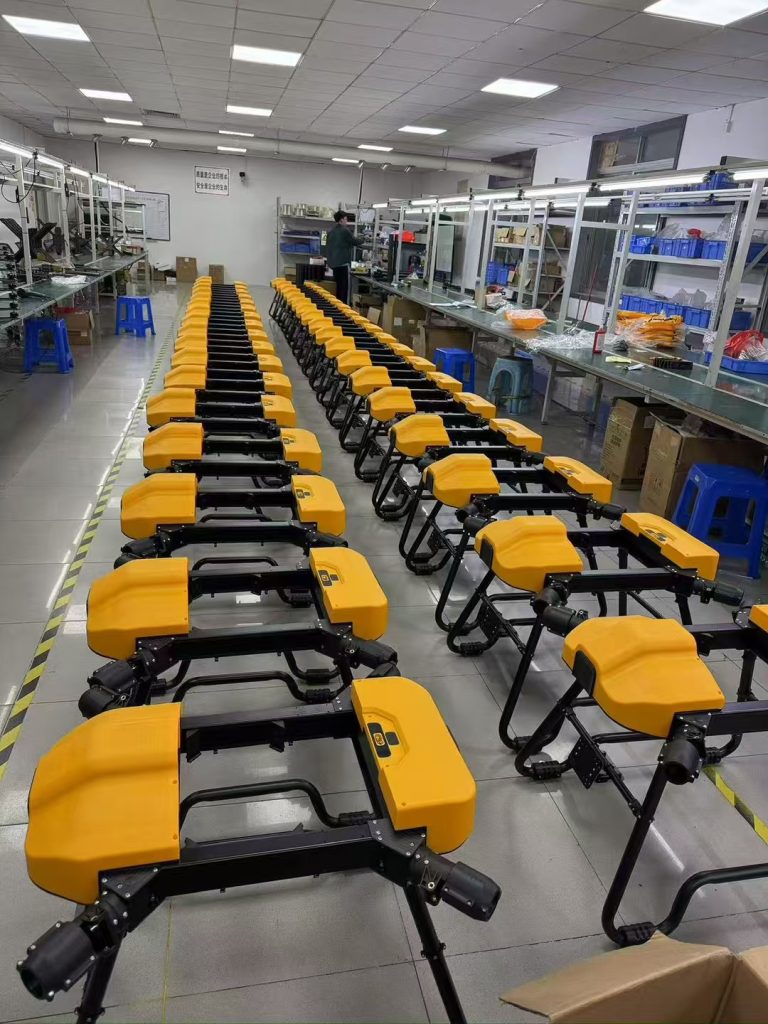
Estonia, a land of misty forests, glacial lakes, and fields of rye swaying in the Baltic wind, is a nation where farming is woven into the soul. For centuries, its 1.3 million people have tended small, family-run farms—most under 20 hectares—growing everything from black bread wheat and potatoes to dairy cows and honeybees. This quiet agricultural heartland, where horse-drawn plows once ruled and grandmothers still bake ruisleib (rye bread) from scratch, now faces a modern crossroads. An aging farmer base (average age 58), a shrinking rural workforce as young Estonians flock to Tallinn or Helsinki, and climate shifts—harsher winters, unpredictable rains, and summer heatwaves—threaten the survival of these time-honored traditions. It’s here, amid the pine-scented air and ancient stone fences, that an unlikely tool is taking flight: agricultural drones imported from China, now gliding over Estonian fields to prove that even the most tech-savvy, tradition-bound nations can grow stronger with the right innovations.
Estonia’s Farms: Small Plots, Big Challenges
Estonian agriculture is a study in intimacy. Most farms are nestled in forest clearings or along lake shores, their plots shaped by centuries of careful stewardship. In the south, near Tartu, fields of barley and oats stretch to the horizon; in the northeast, Lääne-Viru County’s dairy farms dot the landscape, their herds grazing on clover-rich pastures. Yet for all its charm, farming here is a daily act of resilience.
“To spray my 8 hectares of potatoes, I used to spend two days with a backpack sprayer,” says Mart, a 63-year-old farmer in Jõgeva County. “My back ached, and half the chemicals washed into the ditch during rainstorms. Last year, blight hit my crop because I didn’t spot it early—I was too busy fixing my tractor.”
Climate change has sharpened these struggles. Warmer autumns have extended the growing season, but also brought new pests, like the Colorado potato beetle. Wet springs delay planting; dry summers stress crops. Meanwhile, Estonia’s push to cut pesticide use by 50% by 2030—part of its EU Green Deal commitments—means farmers must balance efficiency with sustainability. “Young people don’t want to slog in fields anymore,” adds Liina, who runs a family apiary in Pärnu. “They ask, ‘Why stay when tech can do it faster?’ We need to show them farming can be both modern and meaningful.”
Drones Built for Estonia’s Nordic Grit
When we first explored exporting to Estonia, we didn’t just send drones designed for warmer climates. We studied the land: its short growing seasons, the way farmers navigate muddy forest trails, and the urgency of precision in a country where 20% of farmland is forested and plots are often bordered by ancient stone walls. What emerged was a drone tailored not just to Estonia, but to its people.
Cold-resistant and agile: Our drones feature heated battery compartments and corrosion-resistant aluminum frames, thriving in -25°C winters and rainy summers. “In the past, my old sprayer froze solid by November,” Mart says. “This drone? It launched on the first snow-free day this spring—and handled the spring mud without a glitch.”
Precision for small, sacred plots: Multispectral sensors map crop health at the leaf level, flagging early signs of drought or fungal infections. For Liina’s apiary, this meant identifying wildflower patches where bees thrived—and where pesticides might drift. “The drone shows me exactly where to avoid spraying,” she explains. “My honey now has a ‘pesticide-free’ label, and buyers in Stockholm pay double.”
Simple to learn, proud to own: Many Estonian farmers are tech-savvy (the country ranks top in Europe for digital literacy) but value tradition. We designed a user-friendly Estonian-language app with one-touch “health scan” modes and paired it with workshops led by local agronomists in community centers, over kama (traditional grain pudding) and hapukoor (sour cream). “I thought drones were for Silicon Valley,” admits Jaan, a young farmer in Viljandi helping his mother grow rye. “But after a morning of training? I flew one myself. It’s like using a high-end camera—intuitive, and it makes me feel like I’m honoring my ancestors’ work.”
More Than Machines: Growing Trust in the Land of Forests
In Estonia, trust is earned over sauna sessions and shared stories of harvests past. We didn’t just ship drones; we set up a service hub in Tallinn and partnered with the Estonian Farmers’ Union to host “drone meetups” where farmers traded tips and showcased their success. “Estonians are pragmatic,” says Kristi, the union’s regional rep. “They need to see results, not sales pitches. But once they do? They become our best ambassadors.”
That trust deepened when we adapted to their reality. During last winter’s record cold, we sent insulated battery cases free of charge. When Mart struggled with tall rye stalks blocking spray paths, our engineers tweaked the drone’s flight height—no extra cost. “You didn’t just sell us a tool,” Liina says. “You stayed when the frost bit. That’s family.”
Today, drones are weaving themselves into Estonia’s farming soul:
-
Potato Fields (Jõgeva): Mart now monitors his crop weekly, cutting chemical use by 42% and reducing runoff into nearby lakes. “My yields are up, and my conscience is clear. My granddaughter, who studies agritech in Tartu? She comes home to help with the data. Maybe she’ll take over the farm someday—with drones.”
-
Dairy Pastures (Lääne-Viru): Liina uses drones to map clover growth, optimizing grazing rotations. “Better grass means richer milk. My cheese now wins awards at Tallinn’s food festivals—and tourists love hearing about our ‘drone-tended’ bees.”
-
Rye Farms (Viljandi): Jaan’s family uses drones to spot early signs of ergot, a fungal disease that ruins crops. “Catching it early saved 25% of my harvest last year. The drone is my new harvest guardian.”
A Future Where Tech Honors Tradition
What began as a business deal has become a partnership. Estonian farmers teach us about their land: how drones handle Lääne-Viru’s strong coastal winds, which crops (like sea buckthorn) need gentler spray settings, even which Estonian phrases make training stick (“Lenda, droni!”—“Fly, drone!”—is now a workshop joke). In return, we’re refining our drones: larger tanks for Jõgeva’s bigger potato fields, quieter motors to avoid spooking dairy cows, even frost-proof charging stations for Viljandi’s icy mornings.
As Estonia aims to boost organic farming by 40% by 2035, drones offer more than efficiency—they offer hope. They let young farmers like Jaan see a future tending land, not just coding apps. They let elders like Mart pass down knowledge without burning out. And they let this nation of forests and rye prove that even in a world of mega-farms, small plots can thrive with the right tools.
So when you next see a drone gliding over Estonian potato fields or honeybee meadows, know this: it’s not just flying. It’s carrying the dreams of a community, the lessons of a factory halfway across the world, and the quiet belief that tradition and innovation can grow—side by side, season by season.
After all, the best technology doesn’t replace the past. It helps it take root—and soar.
THE END

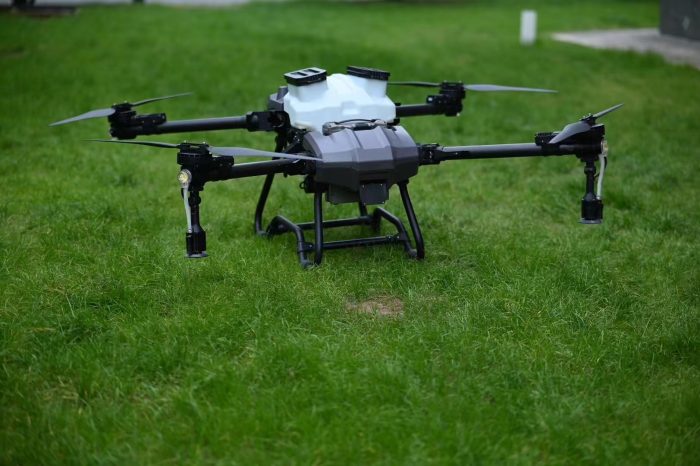
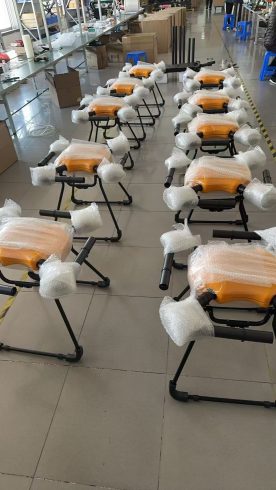
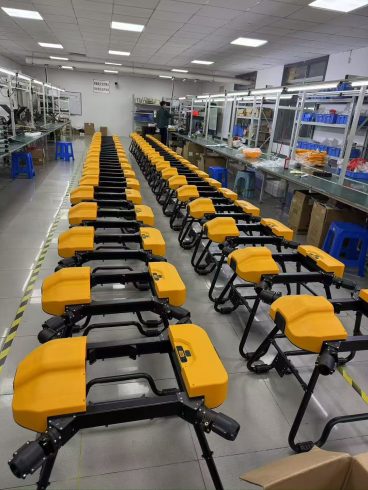


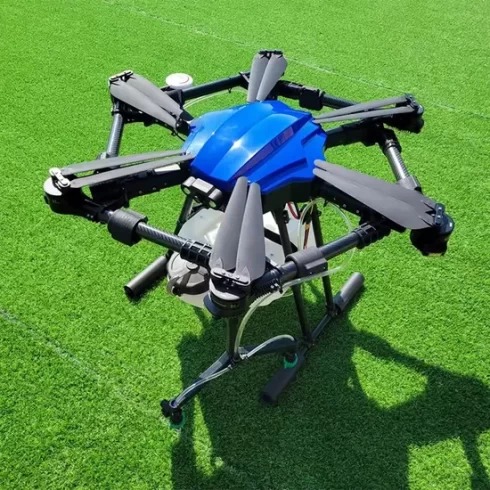

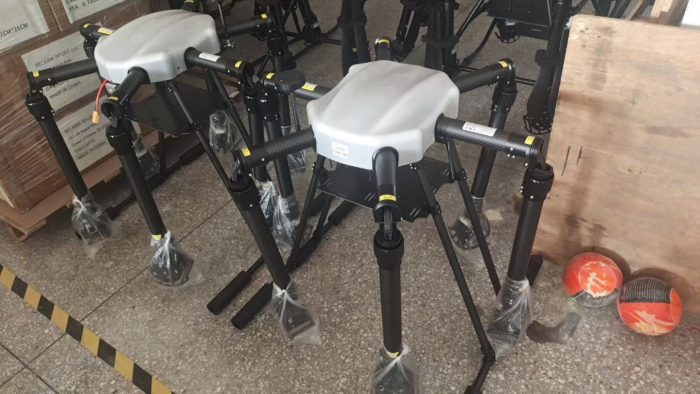

暂无评论内容